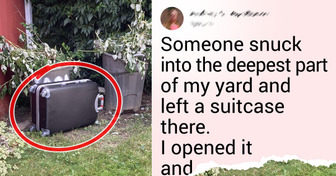Helen Hunt, 60, Stuns During Her Latest Appearance, and Her Lips Become the Center of Attention

In the loud and hectic world, plants give us peace and quiet. They don’t yell, nor move, just sit there, silent. But... do they? What if I tell you that at this very moment your favorite cactus is kinda texting its plant buddies? And these messages could actually help us humans feed the world? What can plants possibly say to each other? All kinds of things.
“Help!” or “Land here!” or “Get off!” or “My fruits are ripe!” And these messages aren’t just being sent by the big plants like trees; even little patches of moss can get quite chatty. Ah, by the way: if you’ve ever taken a whiff of freshly cut grass, you’ve actually been communicating with a plant!
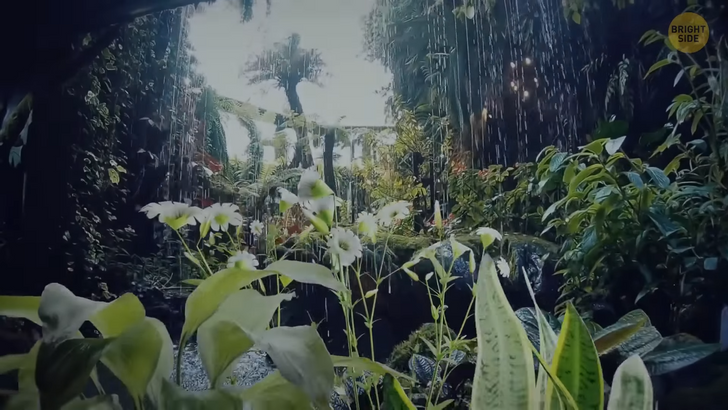
Plants are just as complex in their communication as animals are. And there’s a lot to discover about these chatty little (and big) guys. For example, a recent study found that many different types of plants actually make sounds that are too high-pitched for us humans to hear! This is how they talk to each other when they’re feeling stressed out. But it’s not just about stress.
Plants have been communicating with all kinds of creatures, from predators to pollinators. But why should we try to “overhear” the plants? It could actually help us solve some of the biggest problems facing our planet today. As our population continues to grow and the climate changes, we need to find ways to grow more food on less land. And the plant communication might be the key.
Here’s the thing: plants don’t communicate the same way we do. They don’t have a nervous system, so they can’t send signals back and forth like us. Instead, it’s more like they’re using a complex network of pipes and tubes to move information around. It looks more like plumbing than anything else. For example, if a leaf detects a predator or a change in light or sound, it sends a signal to the rest of the plant. Roots, on the other hand, can detect drought and send a signal to the leaves to conserve water. Electrical signals are traveling along the plant through a complex system of tubes with chemicals inside.
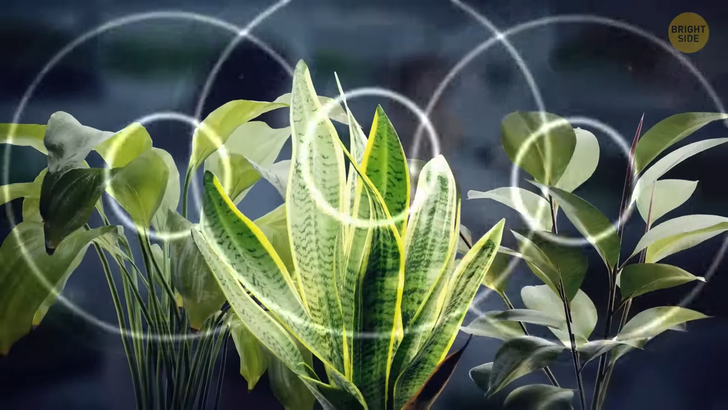
But here’s the most interesting part: we can actually observe this electrical communication by putting electrodes on different parts of the plant. And there are even instruments out there that can translate these electric charges into sounds that we can hear! So, if a plant gets wounded, we can actually hear the electrical signals coming out of that wound. And if two individual plants are touching, they can even transmit these signals to each other!
And it’s not just about detecting changes in the environment. Let’s take an example of venus fly traps and sensitive plants like Mimosa pudica. They use electrical signals whenever they are touched. When this happens, they send out a signal that triggers their unique response. The venus fly trap closes its mouth to trap its prey, while the sensitive plant moves to shake off insects. But it’s not just about electrical signals, there are various chemicals too. Hormones play an important role here.
One hormone called auxin is produced at the top of a plant and travels downwards, letting the plant know which way is up. That’s super important for a sprout trying to break through the soil’s surface and get some sunlight. But it’s not just about growth and development. When a plant is in danger, it needs to react quickly to defend itself. So, many plants send out a hormone called jasmonic acid to start producing toxins and thus protect itself from predators like insects. It’s like the plant is telling itself, “Hey, we gotta fight back!”
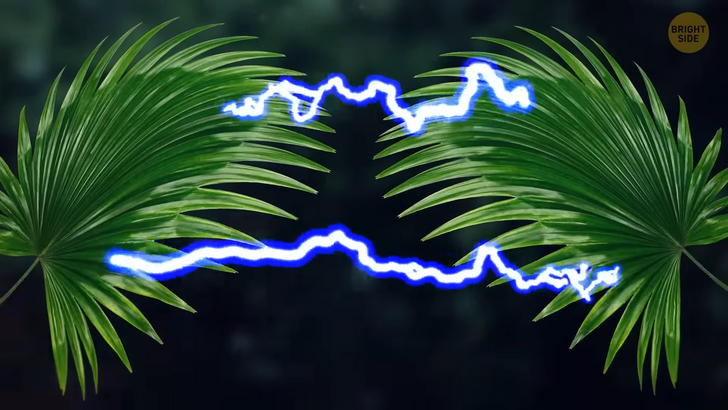
And get this: some species can actually detect when other plants are responding to danger. Mice can kinda “hear” it, while insects can “smell” the chemical signals being sent out. Imagine you were walking in the woods, and you heard a tree yelling “ow!” in the distance? That would be creepy! We’re not exactly sure whether these signals are intentional or just a byproduct of the plant’s response. But I’ve mentioned that plants can emit actual sounds. Let’s talk about it.
Recent research has shown that plants can communicate through ultrasonic sounds when they’re stressed. These sounds can be detected by microphones that are sensitive to bat calls, and a variety of plant species emit these sounds including cacti and tomatoes. Insects and mammals can even hear these sounds, that sound more like pops, without any fancy equipment. Scientists are using this discovery to find new ways to diagnose, treat and monitor plants without causing harm.
Although we may not be able to hear it, plants can communicate with each other through chemicals. When grass is cut, it releases a scent that is a distress signal for the plant. It’s the same smell that reminds us of the outdoors and can make us feel good. This scent is also released when a plant is eaten by a caterpillar, and it can attract other bugs that will prey on the caterpillar. These scents are called volatiles, and they can travel far and wide both above and below ground. Each plant species has its unique blend of volatiles.
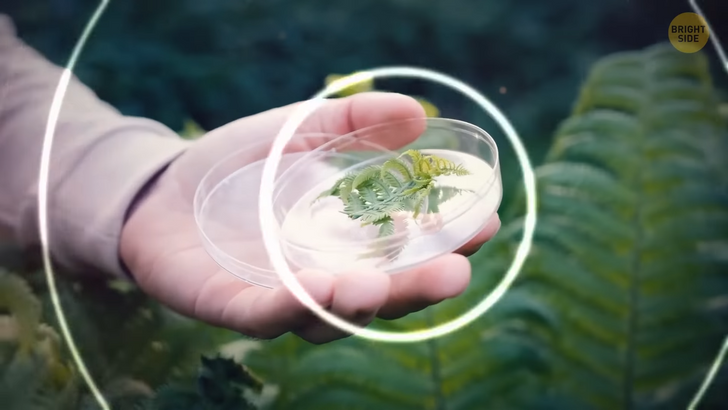
In plants, volatile compounds are chemicals with various purposes. They have the power to attract pollinators to flowers, lead them towards unpollinated ones, and invite seed distributors towards fruits. Also, they can discourage and keep predators away from eating plants. These volatiles are emitted from leaves, and when they reach a certain concentration, they intoxicate and irritate predators, so they can no longer feed on the plants, just like a person with too much perfume. Moreover, neighboring plants can detect these chemical signals and start to prepare themselves to defend against potential predators, too.
Plants have a special way of identifying their relatives and others in their community. When plants detect their own offspring, for example, they adjust their behavior to help them grow instead of competing with them for resources. Additionally, plants release volatiles underground, particularly in forests, to send a signal to fungi. These fungi can then wrap around the root and gather nutrients for the plant, in exchange for the sugar that the plant produced through photosynthesis. This mutually beneficial relationship is known as a symbiotic relationship or mutualism.
In forests, trees have relationships with many different fungi, and each fungus has relationships with multiple trees. These relationships form a mycorrhizal, or literally fungus-root, network, where fungi connect the trees together. When the fungus meets the root of the tree, an interesting exchange happens. They swap bits of small RNA that can alter the genetic response in the other organism. If the fungus is a friend, it signals to the plant that it can be trusted and helps the plant grow. But if the fungus is an enemy, the small RNA from the fungus disables the plant’s defensive genes, making it easier for the fungus to attack.
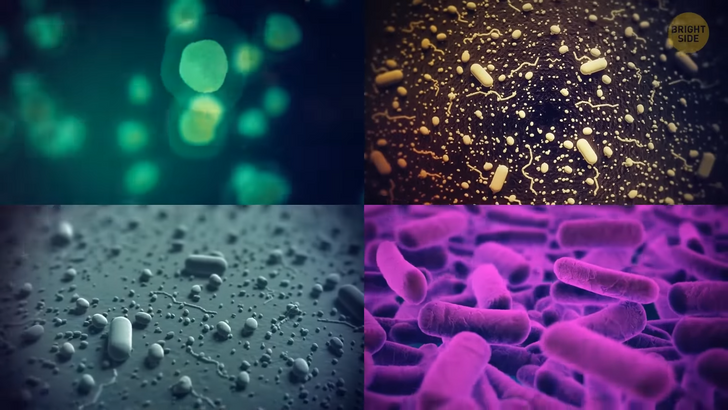
If you thought trees can only compete with each other for resources, think again. They can actually share nutrients and water with each other, if they are connected underground by the same fungus. Fungi act like tiny bridges, connecting the roots of different trees and allowing them to trade resources. In fact, some of the oldest and largest trees in a forest are often the ones that act as “nurse” trees, providing support and nutrients to younger, weaker trees.
But it’s not just fungi that are important to plants below ground. There’s also a whole host of microbes that help plants grow and fight off disease. These tiny organisms attach themselves to the roots of plants, forming a slimy biofilm that’s chock-full of helpful bacteria. These bacteria can help plants absorb nutrients more efficiently, or even boost their natural defenses against disease.
Scientists are still exploring the fascinating world of plant-microbe interactions, and there’s a lot more to learn. But as we continue to study these relationships, we might discover new ways to improve soil health and help plants thrive in even the toughest conditions. And that could be a game-changer for feeding the growing population of our planet.




